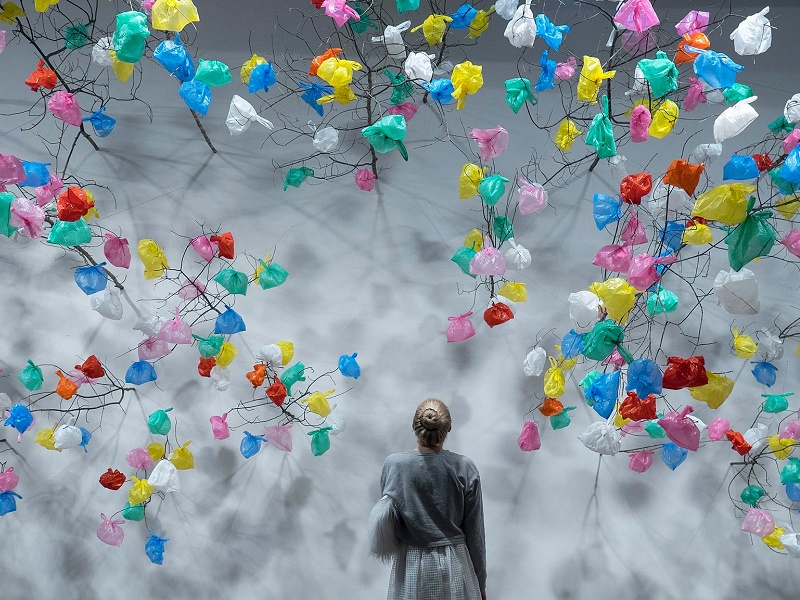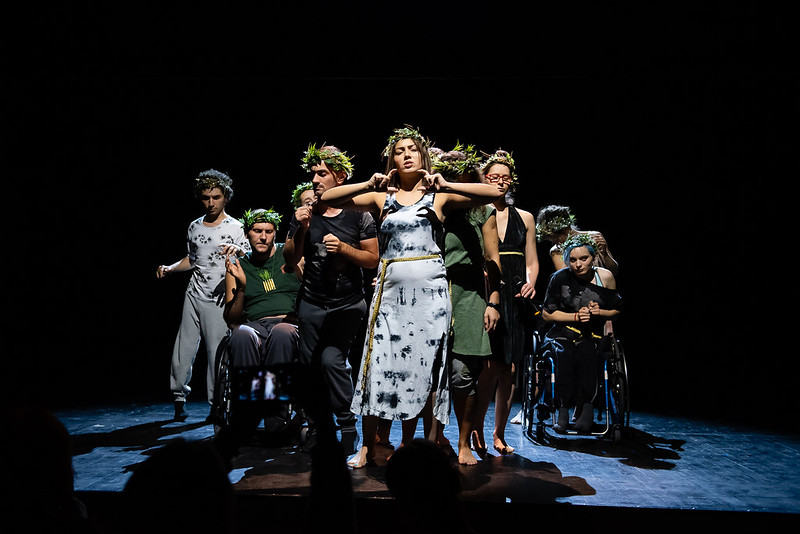
How should we support creativity?
Fancy a creative future? Then look no further than 64 Million Artists, a national campaign that wants to unlock the creativity of everyone in Britain. Throughout January it set short daily creative challenges up to 20 minutes long that were “designed to fit into your day and bring it to life, making you more aware of your surroundings, introducing you to new places and people”.
There’s also the BBC’s Get Creative scheme, which was launched last year through a series of localised debates. An example of its impact is profiled in one person’s year-long experience of trying her hand at everything from ballet to watercolours. Nowt wrong with that.
Such endeavours designed to increase levels of everyday participation in culture of all kinds are to be applauded, particularly when you consider what the Understanding Everyday Participation research project identified: that a lack of proximity to and familiarity with the arts forms major barriers, while involvement in amateur arts networks and evening classes reduce them.
The motives of initiatives such as 64 Million Artists are admirable. They seek to expose the creative potential of everybody, asserting that art is “not just what artists do, but what everyone does”. They also believe, vitally, in the importance and value of professional artists within the overall ecology of culture.
From my experience of teaching in adult art education, I saw how evening class goers moved from cake decorating to coiling pots before gravitating to my printmaking studio. But it was in this arts-specific domain they also got to see first-hand how James Hugonin applied and extended his fine art training, while he spent time printing his trademark minimal editions.
Creativity is informed by a whole host of intellectual, emotional, motivational and moral characteristics. Research shows that the traits people across all creative fields have in common are: an openness to one’s inner life; preference for complexity and ambiguity; an unusually high tolerance for disorder and disarray; the ability to extract order from chaos; independence; unconventionality and a willingness to take risks.
Supporting creativity nowadays is as much about understanding how to nurture and enable sparks of ideas to be developed as they ricochet between teams of people (in organisations or across practitioner networks) as it is nurturing individual artists as they consistently work away, struck occasionally by the extreme insight that leads to art world recognition.
Social anthropologist Brian Moeran observed that creativity is much less of a “great leap forward” and more a series of small steps akin to the “pigeon-toed shuffle of a geisha”. Journalist Matthew Syed wrote in his feature on how creativity is helped by failure: “The problem in the world today is that we only see the final product: the amazing movie, the super-efficient vacuum cleaner, the vogue theory. What we don’t see is the deeper story of how these innovations emerge.”
While it’s good to have expectations for creativity more widely interpreted and to acknowledge the variety of processes (ranging from the everyday doing and making to the synthesis that builds into professional excellence) we shouldn’t underestimate the need to invest the time and money it takes to ensure the great artists of the future.
The dwindling public funding pot open to individuals to pursue their creative practice was the focus for a recent discussion (to which I contributed) initiated by London-based Zealous. Keynote commercial investors explained the vital role their money and expertise could play in boosting entrepreneurship within promising creative businesses. Creative United’s head of business lending programmes, Sarah Thirtle, showed how loans and business mentoring can contribute to the longer-term viability of smaller arts organisations.
Sadly, for swathes of artists putting heart, soul and every small penny into pursuing a practice, it’s unclear what may be in train to improve the creative conditions for what another Zealous speaker Richard Dedomenici dubbed as the “submerged artists”.
Perhaps it’s the artists’ fault. Are artists sidelined in arts agendas simply because they haven’t adapted their practices to fit today’s cultural ecology? I’m heartened though by some new RSA research that reveals how self-employment allows people to flourish as creative individuals. It makes me wonder whether the problem lies in arts infrastructures, which – to rephrase a sentence from the research findings – have sought to help institutions become viable as opposed to making self-employed artists’ lives liveable.




